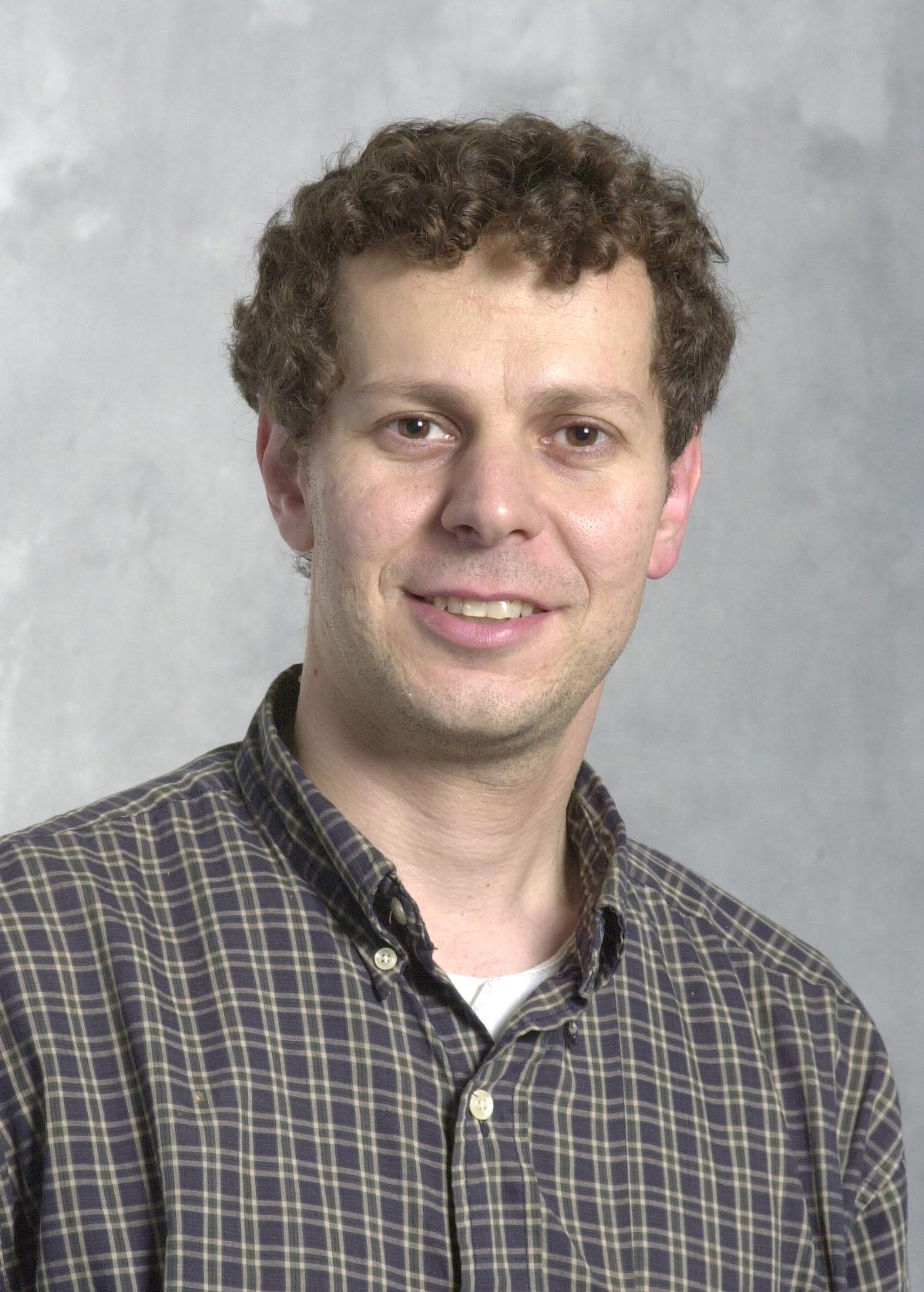|
IEEE
CME 2012 Conference
Plenary
Talk 4
Deep transcranial magnetic stimulation: From animal studies to development of human applications
Abraham Zangen, Ph.D
Associate Professor
Laboratory of Brain Stimulation and Behavioural Neuroscience
Ben Gurion University
ISRAEL
E-mail:azangen@bgu.ac.il

Abstract:
In recent years our understanding of the biological basis for psychiatric and neurological disorders have been greatly advanced based on studies in animal models as well as brain imaging and stimulation techniques in humans. The pathophysiology of several psychiatric disorders involves impaired excitability and function of reward-related and stress-related neuronal circuitries. Repeated stimulation of these circuitries can enhance neuroplasticity and induce long-lasting alterations in excitability and function, and thereby become a novel therapeutic approach. In order to affect the relevant circuitries without a surgery, we have designed special transcranial magnetic stimulation (TMS) coils in the past several years that enable stimulation of much deeper regions relative to those directly affected by standard TMS. Theoretical calculations and phantom brain measurements revealed that it is possible to design TMS coils that reach much deeper brain regions by spatial summation and minimization of non-tangential coil elements. These coils, termed H-coils, were tested for their safety and ability to reach deeper brain regions in healthy volunteers. Evaluation of the antidepressant potential of these coils using repeated sessions of high-frequency stimulation over the prefrontal cortex in depressive patients revealed high rates of response in medication-resistant patients. The therapeutic potential of other versions of the H-coils are evaluated in additional psychiatric disorders including bipolar depression, post-traumatic stress disorder (PTSD), addiction, as well as neurological disorders such as Parkinson and Alzheimer disease. Results of previous and ongoing studies will be presented. The ability to induce direct stimulation of deeper brain regions opens a wide range of therapeutic and research options. Effectiveness in depression and other psychiatric disorders is already been strongly suggested, but much more research is required for identification of optimal stimulation parameters, perhaps by combination with imaging and electrophysiological techniques.
Abraham Zangen
is an Associate Professor and the head of the brain stimulation and behavioral neuroscience laboratory in Ben Gurion University in Israel. During his postdoctoral studies at the National Institute on Drug Abuse, NIH, USA (2000-2003) with Roy Wise he identified specific brain sites mediating rewarding effects of neuropeptides and cannabis. He also studied mechanisms of brain stimulation reward and developed a special coil allowing deep transcranial magnetic stimulation (DTMS) in humans with Mark Hallett (NINDS, NIH, USA). He joined the Weizmann Institute of Science as a Senior Scientist and laboratory head (2003-2012) where he continued research on impaired neuroplasticity in the brain reward system in depression and addiction and effects of deep transcranial electromagnetic stimulation. In 2010 he was promoted to the rank of Associate Professor in the Weizmann Institute and recently moved to the Ben-Gurion University. His main research focuses on mechanisms of impaired neuroplasticity in depression and addiction and the effects of repeated stimulation on neuroplasticity and behavioral outcomes in related animal models. In addition, Prof. Zangen continues his research using the unique coils he has developed for allowing deeper transcranial magnetic stimulation and studies the potential effectiveness and applications of this method for the treatment of depression, addiction and other psychiatric and neurological disorders.
Prof. Zangen has published over 70 peer reviewed articles, reviews and book chapters, was rewarded with numerous personal prizes for his scientific achievements, including the Medical Futures Innovation Award in London and the Prize for Advances in Neurosciences in Israel, and received several distinguished research grants.
|